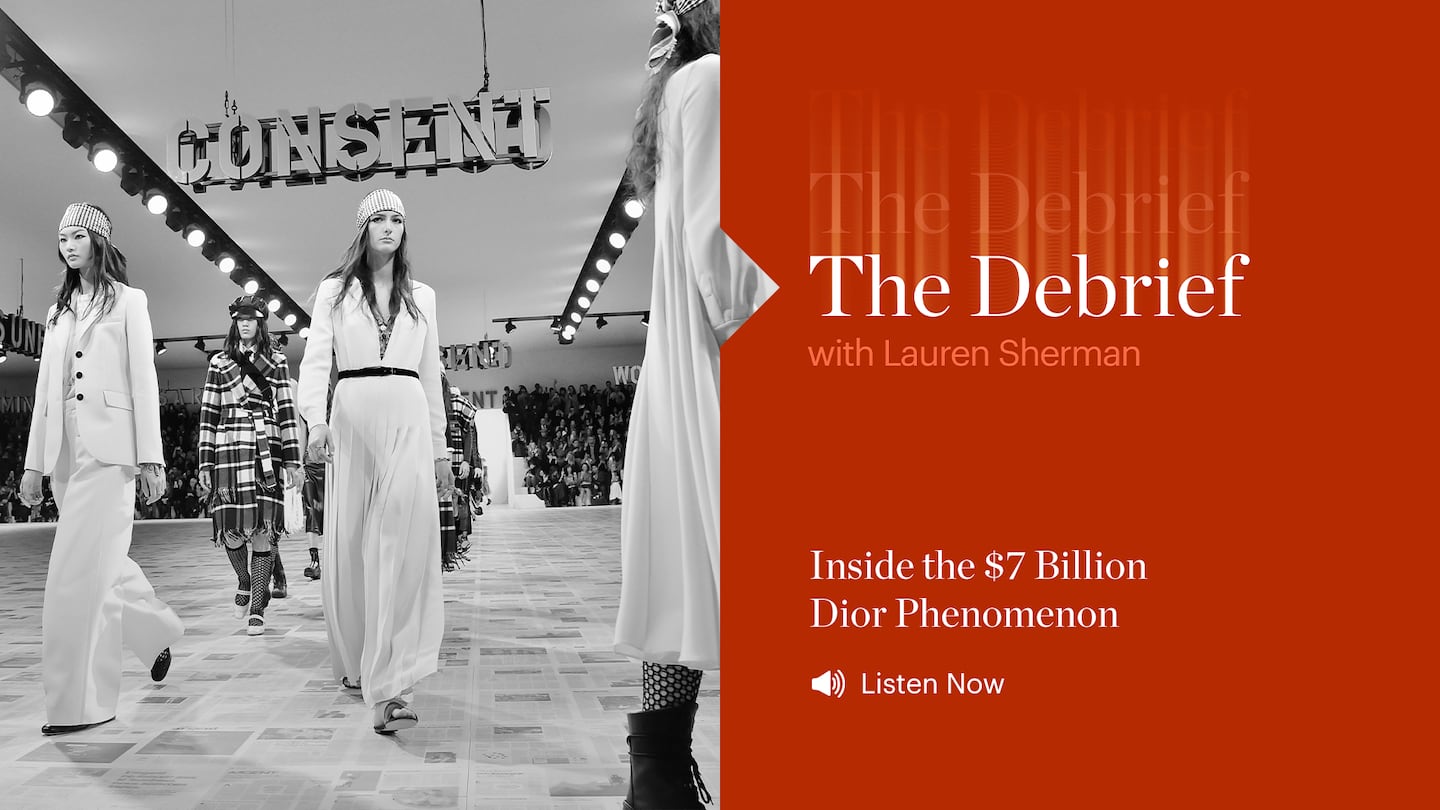
The Business of Fashion
Agenda-setting intelligence, analysis and advice for the global fashion community.

Agenda-setting intelligence, analysis and advice for the global fashion community.

Follow The Debrief wherever you listen to podcasts.
In 1947, months after being founded, Christian Dior Couture revolutionised dressing with its “New Look,” an exaggerated hourglass-shaped silhouette. In the ‘80s, the then-withering brand was bought by entrepreneur Bernard Arnault, who would eventually transform it into one of the largest luxury labels in the world. In 2017, when LVMH — of which Arnault is chief executive and chairman — took full control of the house, Dior transformed into one of fashion’s fastest-growing and most profitable labels — with estimated revenues of €6.6 billion.
“[LVMH] just said ‘We need to … do what it will take to get this business on the scale of these really big brands like Gucci, Louis Vuitton and Chanel,’” said BoF luxury editor Robert Williams.
The fashion giant has been working with advisers to study possibilities for the Marc Jacobs brand after being approached by suitors.
A runway show at corporate headquarters underscored how the brand’s nearly decade-long quest to elevate its image — and prices — is finally paying off.
Mining company Anglo American is considering offloading its storied diamond unit. It won’t be an easy sell.
The deal is expected to help tip the company into profit for the first time and has got some speculating whether Beckham may one day eclipse her husband in money-making potential.